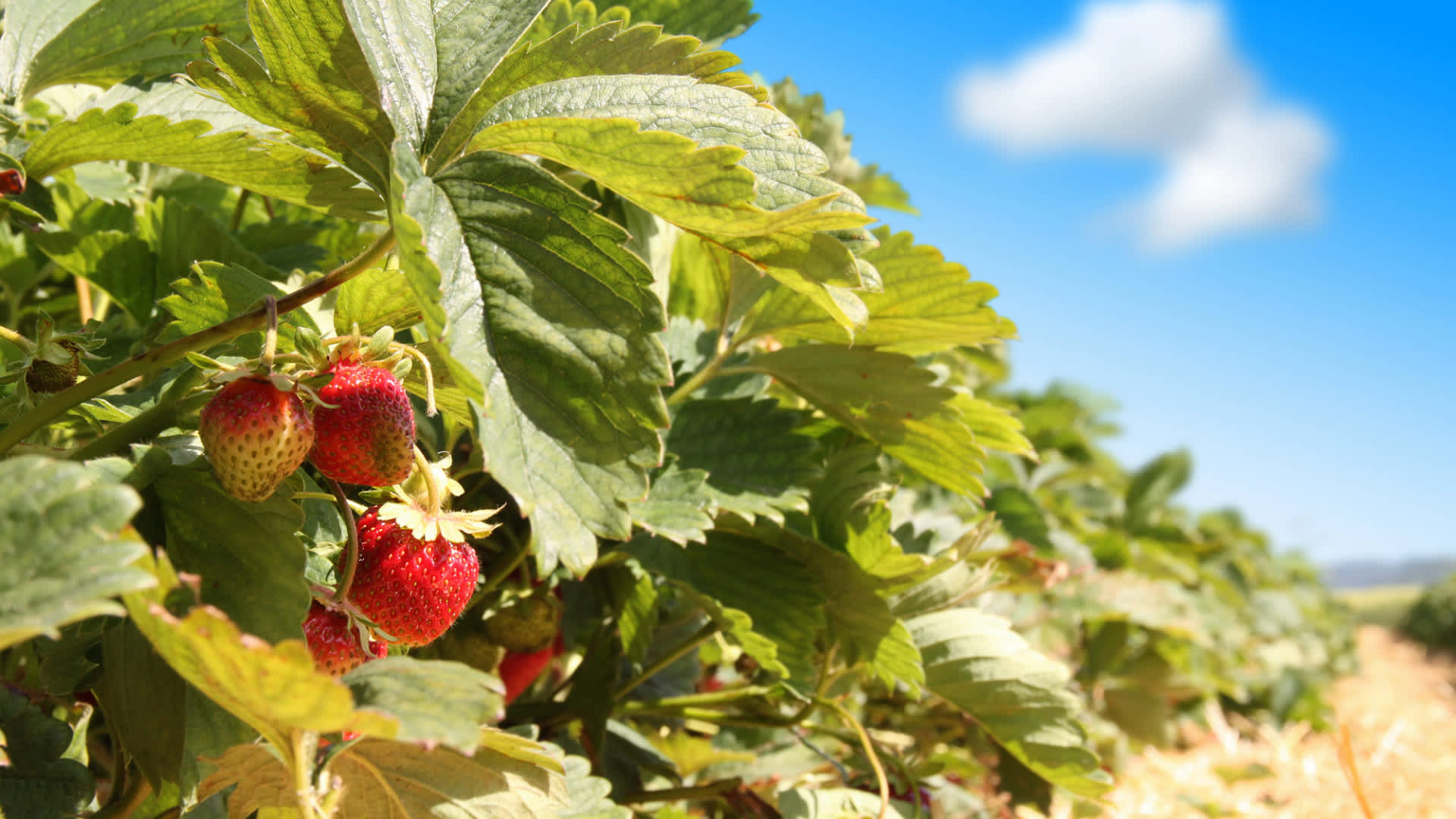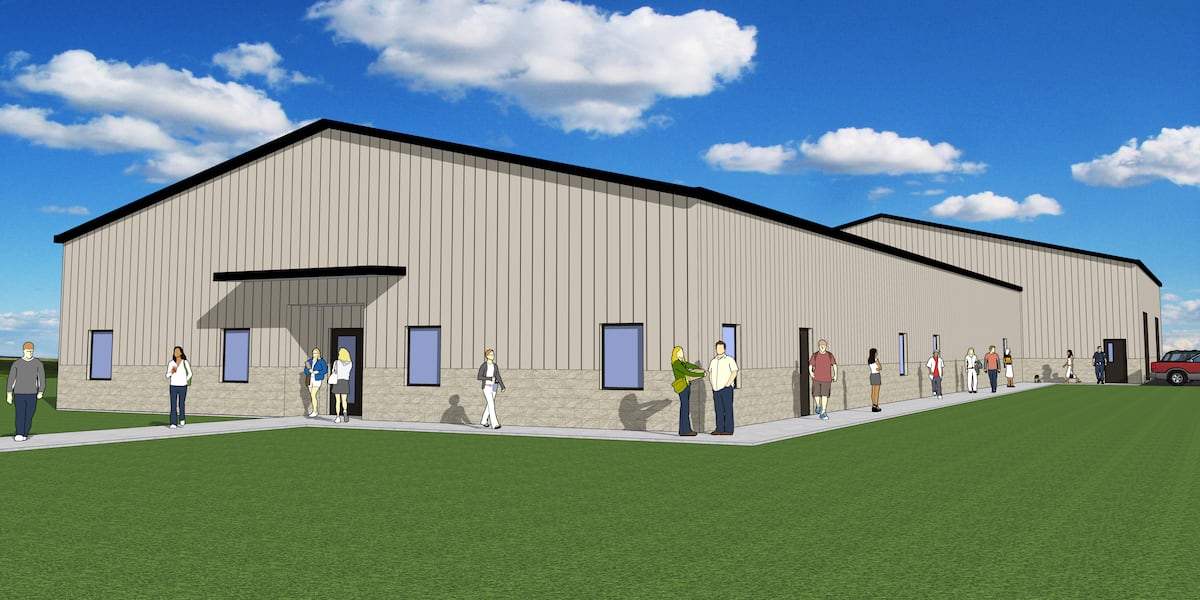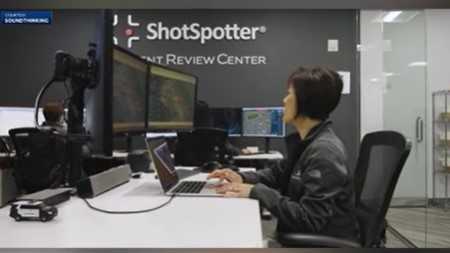South African Farmers Could Benefit from 'Digital Twin' Tech to Safeguard Food Security

South African farmers could soon be leveraging cutting-edge 'digital twin' technology to bolster food security and optimise farming practices. Inspired by advancements in the United States, this innovative approach creates a virtual replica of a farm, allowing researchers and farmers to simulate scenarios, predict outcomes, and refine strategies – all without impacting real-world crops. The technology has shown particular promise in strawberry farming, but experts believe its applications extend to a wide range of agricultural sectors across South Africa.
The concept, initially pioneered in areas like aerospace and healthcare, is now proving invaluable in agriculture. A 'digital twin' isn't just a 3D model; it's a dynamic, data-driven representation of a farm, incorporating real-time information from sensors, weather data, soil analysis, and historical performance records. This creates a constantly updated virtual environment that mirrors the actual farm.
How Digital Twins Can Help South African Farmers
The advantages for South African farmers are significant. Here's a breakdown of how this technology can make a difference:
- Optimised Resource Management: Digital twins can analyse water usage, fertiliser application, and pest control strategies to identify inefficiencies and recommend improvements, leading to cost savings and reduced environmental impact.
- Predictive Analytics: By simulating different weather patterns and disease outbreaks, farmers can proactively mitigate risks and protect their crops. This is particularly crucial in a region like South Africa, which faces unpredictable climate conditions.
- Accelerated Robotics Development: As highlighted by research from the University of Florida/IFAS (UF/IFAS), digital twins dramatically speed up the development of agricultural robotics. The ability to test and refine robotic systems in a virtual environment reduces development costs and time, enabling faster adoption of automation on farms.
- Improved Crop Yields: Through precise data analysis and simulations, farmers can fine-tune planting schedules, irrigation techniques, and harvesting strategies to maximise crop yields.
- Data-Driven Decision Making: Digital twins provide farmers with a comprehensive view of their operations, empowering them to make informed decisions based on real-time data and predictive insights.
Beyond Strawberries: Wider Applications
While the initial focus has been on strawberry farms, the potential of digital twin technology extends far beyond. It can be adapted to various crops, including maize, citrus, grapes, and livestock farming. The core principle remains the same: create a virtual replica, gather data, simulate scenarios, and optimise performance.
“The study shows that a realistic digital twin can jump-start AI tool development for strawberry farms, enabling faster, more cost-effective robotics innovation,” explains Daeun Choi, lead researcher and an assistant professor of agricultural and biological engineering at UF/IFAS, as reported by Phys.org. This principle applies equally to other agricultural sectors.
The Future of Farming in South Africa
As South Africa grapples with food security challenges and seeks to enhance agricultural productivity, digital twin technology offers a promising solution. While initial investment costs may be a barrier for some farmers, the long-term benefits – increased efficiency, reduced risks, and improved yields – make it a worthwhile investment for the future of South African agriculture. Government support and industry collaboration will be crucial to facilitating the widespread adoption of this transformative technology.
The integration of digital twins into South African farming practices represents a significant step towards a more sustainable and resilient food system, ensuring food security for generations to come.






